What is a Hydraulic Press Brake?
Date: 2025-01-17 Categories: Industry News Hits: 254
Understanding Its Function and Benefits in Modern Manufacturing
In the world of modern manufacturing, precision, efficiency, and versatility are essential for achieving the highest standards of quality and productivity. One key piece of equipment that plays a significant role in sheet metal fabrication is the hydraulic press brake. This powerful machine is designed to bend, form, and shape sheet metal into various configurations for a wide range of industries, from automotive and aerospace to electronics and construction. But what exactly is a hydraulic press brake, and why is it so integral to the manufacturing process? In this article, we will explore its functions, benefits, components, and applications, shedding light on their importance in the contemporary industrial landscape.
Understanding the Hydraulic Press Brake
A press brake is a machine tool used to bend, fold, or form sheet metal into precise angles or shapes. This machine is typically used to process thin and thick sheets of metal, creating complex bends that are essential in the fabrication of everything from metal enclosures and structural supports to components in heavy machinery. While mechanical press brakes were historically the standard, they have become the preferred choice due to their superior force output, control, and flexibility.
A hydraulic press brake utilizes hydraulic power to generate the force required to bend the metal. The hydraulic system uses a pump, piston, and cylinder to create high-pressure force, which is then transmitted to the ram of the press brake to perform the bending action. The primary advantage of using hydraulics in a press brake is the ability to apply a large amount of force with precision, making it suitable for bending even the thickest and toughest materials.

Key Components of a Hydraulic Press Brake
To understand how a hydraulic press brake works, it’s important to familiarize yourself with its essential components:
1、Frame: The frame is the backbone of the press brake, providing structural support and housing for all the components. It is typically made from robust materials like steel to ensure durability and stability during operation.
2、Hydraulic System: This includes the hydraulic pump, valves, cylinders, and pistons. The hydraulic system generates the force necessary for bending the metal sheet. The pressure can be precisely controlled, allowing for fine adjustments and consistent performance.
3、Ram: The ram is the moving part of the press brake that applies the bending force to the metal sheet. It moves vertically and is driven by the hydraulic system. The position of the ram determines the depth of the bend.
4、Die Set: The die set consists of two main parts: the upper die (punch) and the lower die (die). The sheet metal is placed between these dies, and the ram presses the punch into the material to create a bend. The choice of dies depends on the type of bend required.
5、Back Gauge: The back gauge is a precision measuring system that helps position the metal sheet accurately along the length of the press brake. It ensures that each bend is consistent and that the final product meets the required specifications.
6、Control System: Modern hydraulic press brakes are often equipped with computerized numerical control (CNC) systems that automate and optimize the bending process. These control systems allow operators to program the machine to make precise bends, improving accuracy and reducing manual labor.
How Does a Hydraulic Press Brake Work?
The basic operation of a hydraulic press brake involves the following steps:
1、Setup: The operator sets up the press brake by installing the appropriate upper and lower dies based on the desired bend angle and shape. The material is placed on the lower die, and the back gauge is adjusted to the correct position.
2、Bending Process: Once the setup is complete, the operator initiates the bending process by activating the hydraulic system. The pump generates high-pressure fluid, which moves the piston in the hydraulic cylinder, causing the ram to lower onto the sheet metal. The force applied by the ram causes the metal to deform and form a bend.
3、Release and Reset: After the bend is made, the ram is raised, and the metal sheet is removed. The machine can be reset for the next bend, and the process is repeated as necessary.
4、Control and Adjustment: In a CNC-controlled hydraulic press brake, the entire process can be automated. The operator inputs the required specifications into the control panel, and the machine automatically adjusts the bending force, speed, and position to ensure precise results.


 250ton 4000mm hydraulic CNC pr...
250ton 4000mm hydraulic CNC pr...  80ton 2550mm hydraulic CNC pre...
80ton 2550mm hydraulic CNC pre...  Delem CNC Synchronized Press B...
Delem CNC Synchronized Press B... 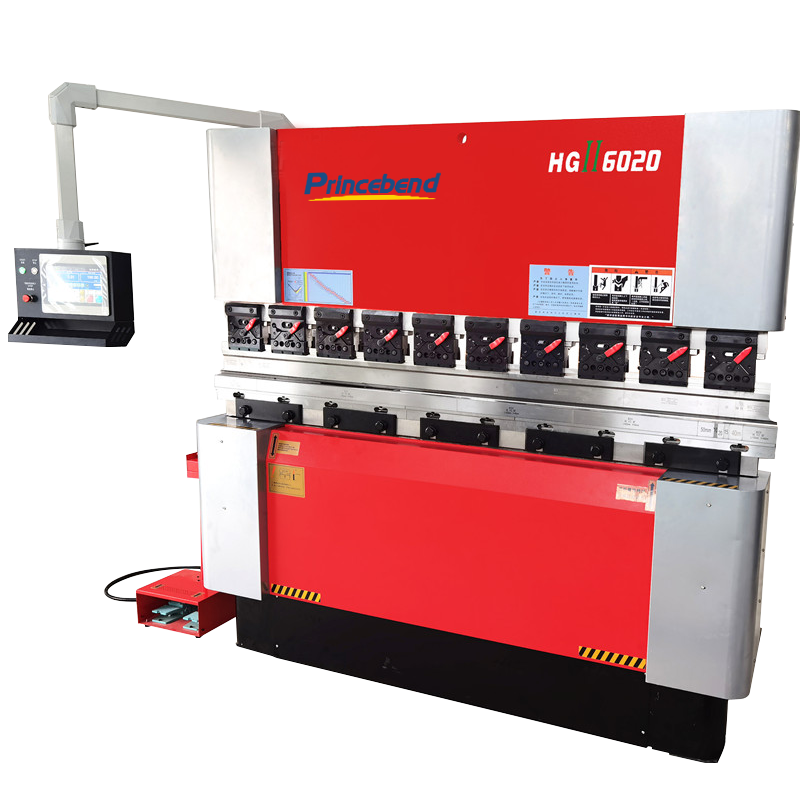 Amada type RG60T/2000mm hydrau...
Amada type RG60T/2000mm hydrau... 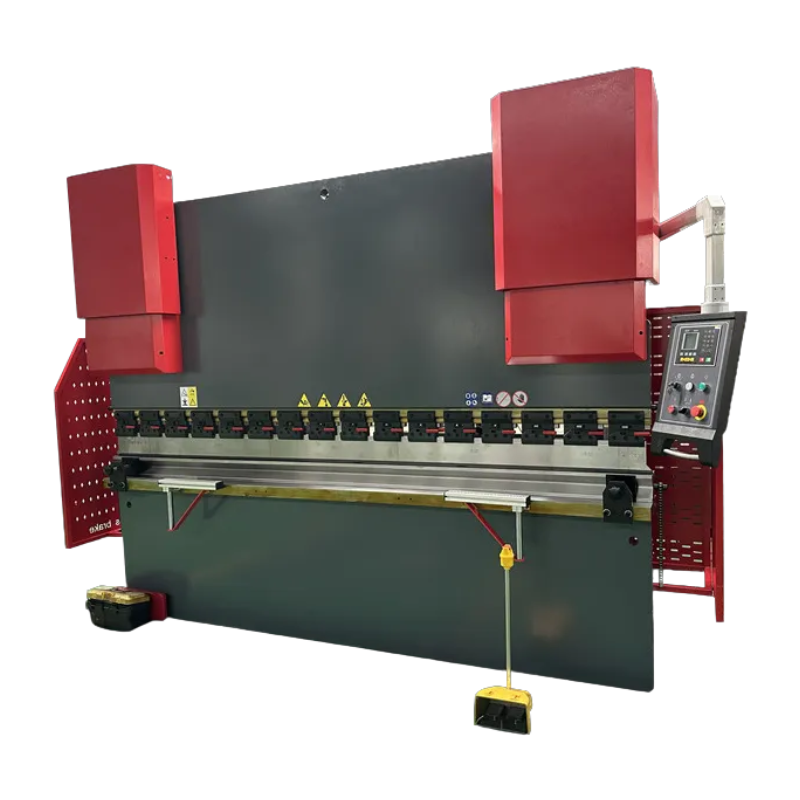 NC Hydraulic press brake bendi...
NC Hydraulic press brake bendi... 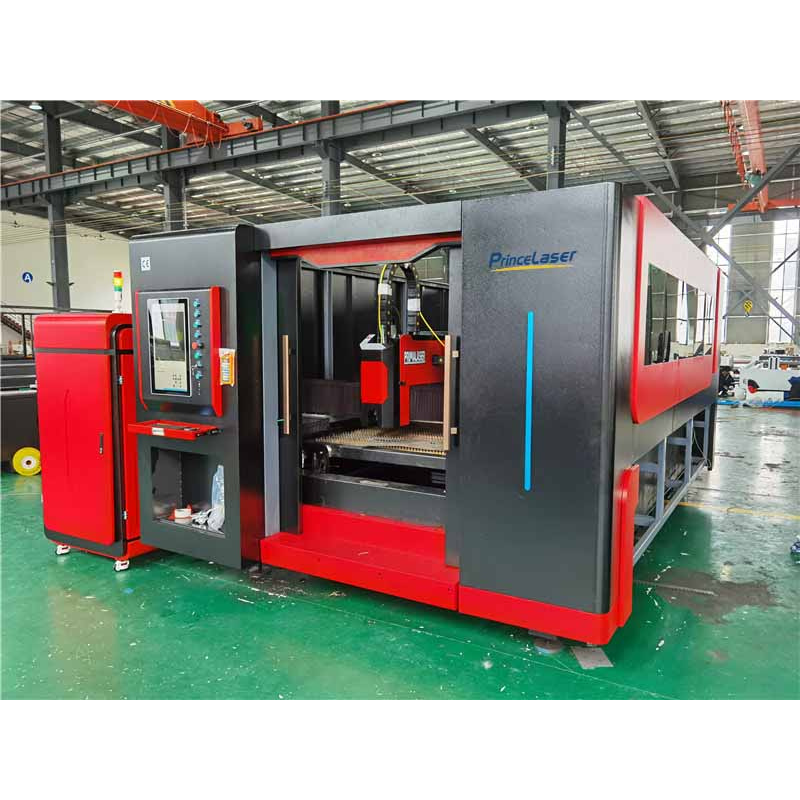 3000W 4000w Raycus exchangeabl...
3000W 4000w Raycus exchangeabl...  Automatic Coil Feed fiber Lase...
Automatic Coil Feed fiber Lase...  Big table bigg watts full cove...
Big table bigg watts full cove... 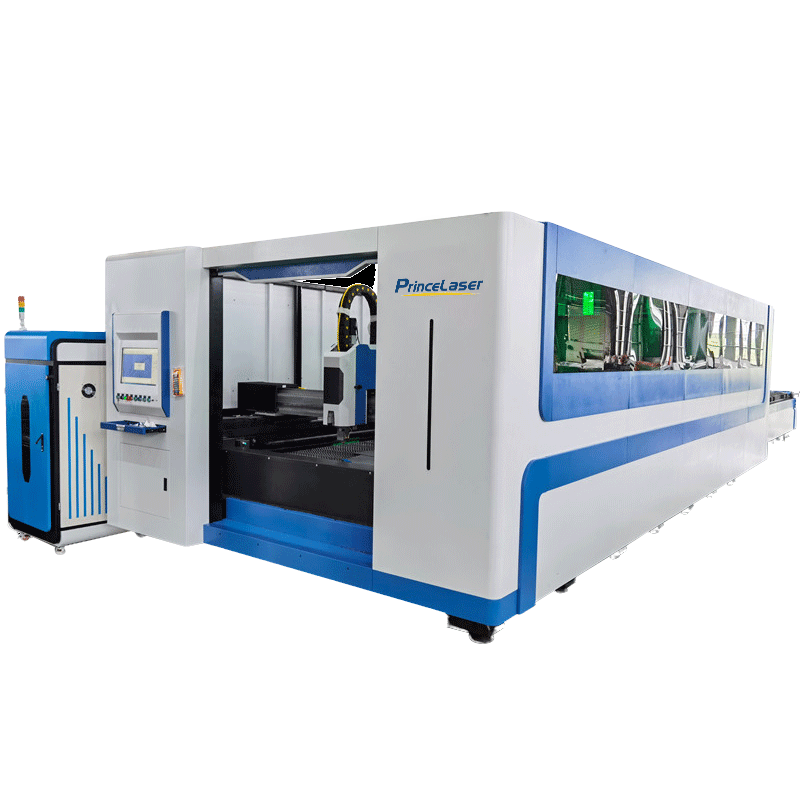 1000W 1500W 2000W 3000W 4000W...
1000W 1500W 2000W 3000W 4000W...  1500W 1KW 2KW 3KW Fiber laser ...
1500W 1KW 2KW 3KW Fiber laser ... 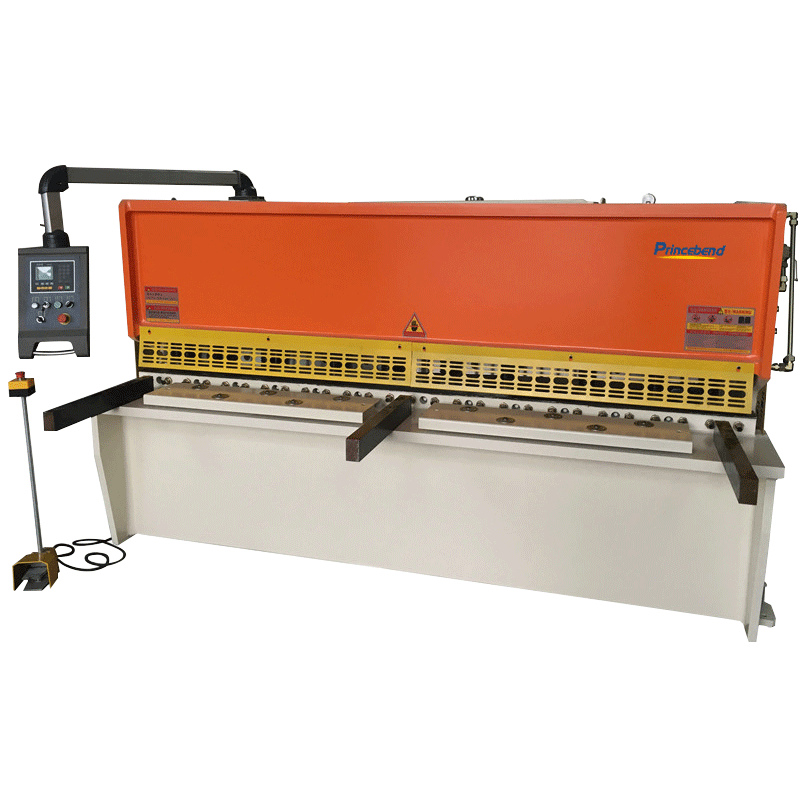 Hydraulic Swing Beam Metal she...
Hydraulic Swing Beam Metal she...  Cnc hyraulic shearing machine
Cnc hyraulic shearing machine 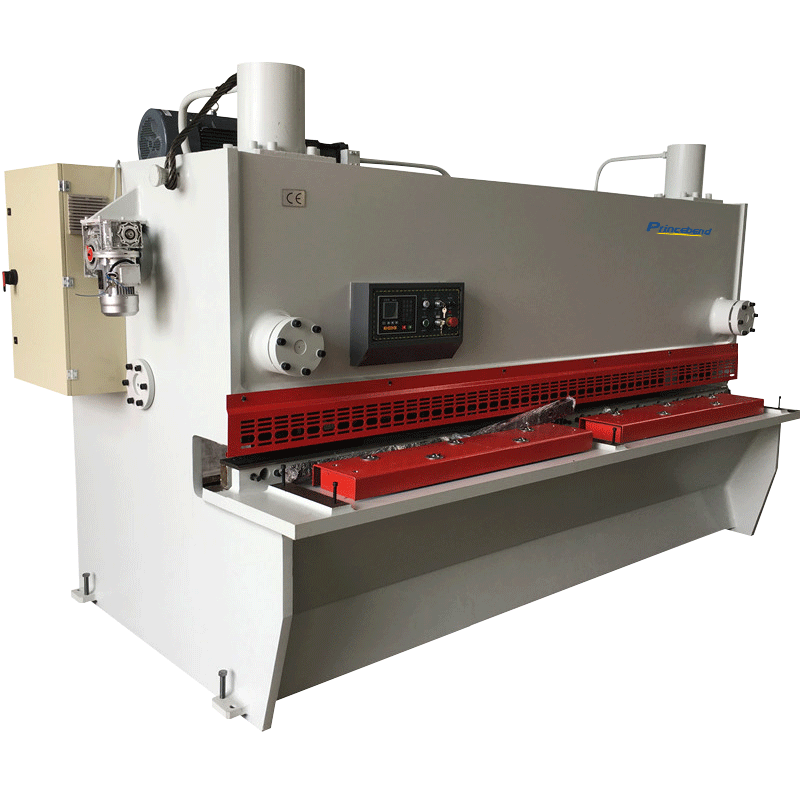 Sheet metal hydraulic guilloti...
Sheet metal hydraulic guilloti...  heavy duty type shearing machi...
heavy duty type shearing machi... 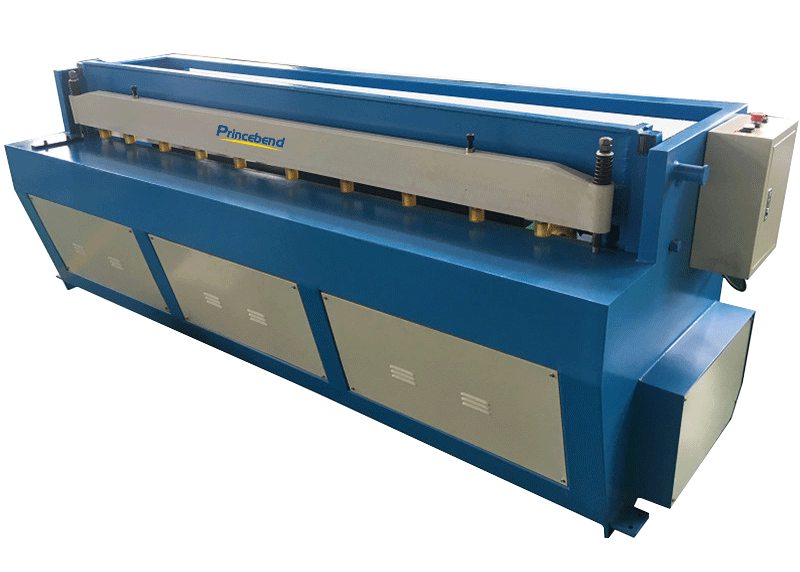 Metal Electric Shearing Machin...
Metal Electric Shearing Machin...  2500mm Automatic Panel Bender...
2500mm Automatic Panel Bender...  15 Axis Sheet Metal Bending Ce...
15 Axis Sheet Metal Bending Ce... 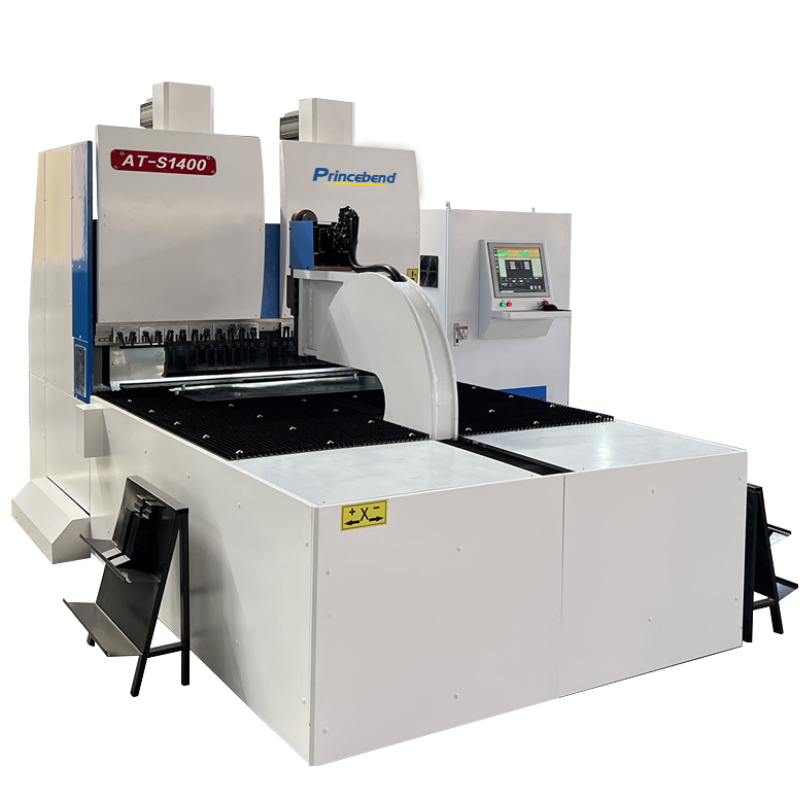 Automatic Panel Bender Metal P...
Automatic Panel Bender Metal P...  W12 4 rolls plate bending mach...
W12 4 rolls plate bending mach...  NC hydraulic W11S 3 roller ste...
NC hydraulic W11S 3 roller ste...  Hydraulic cnc 4 rolls bending ...
Hydraulic cnc 4 rolls bending ...  Heavy metal sheet Four rollers...
Heavy metal sheet Four rollers... 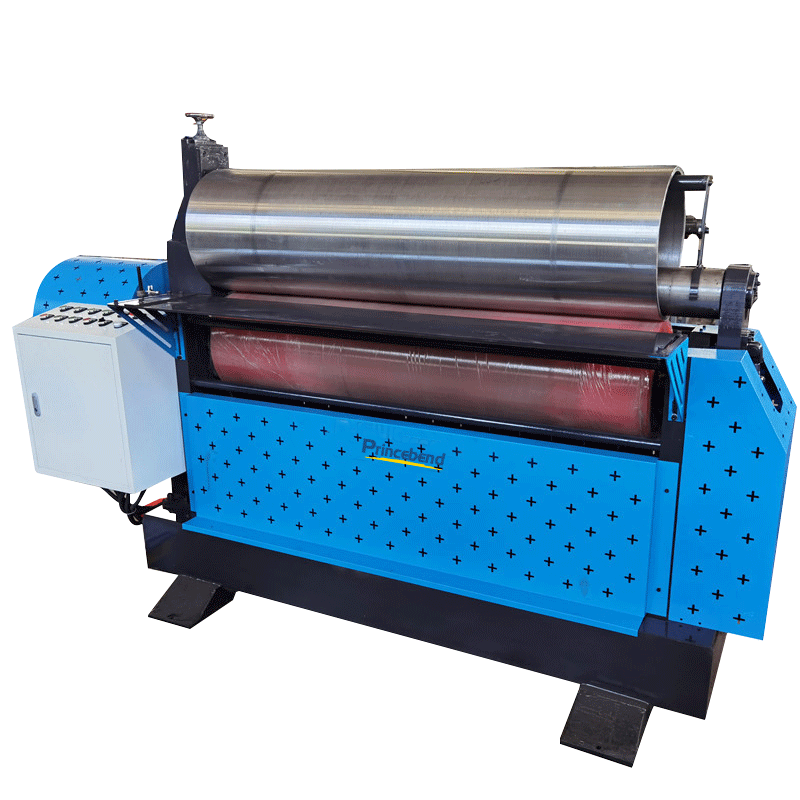 Heavy duty type Two roller pla...
Heavy duty type Two roller pla... 